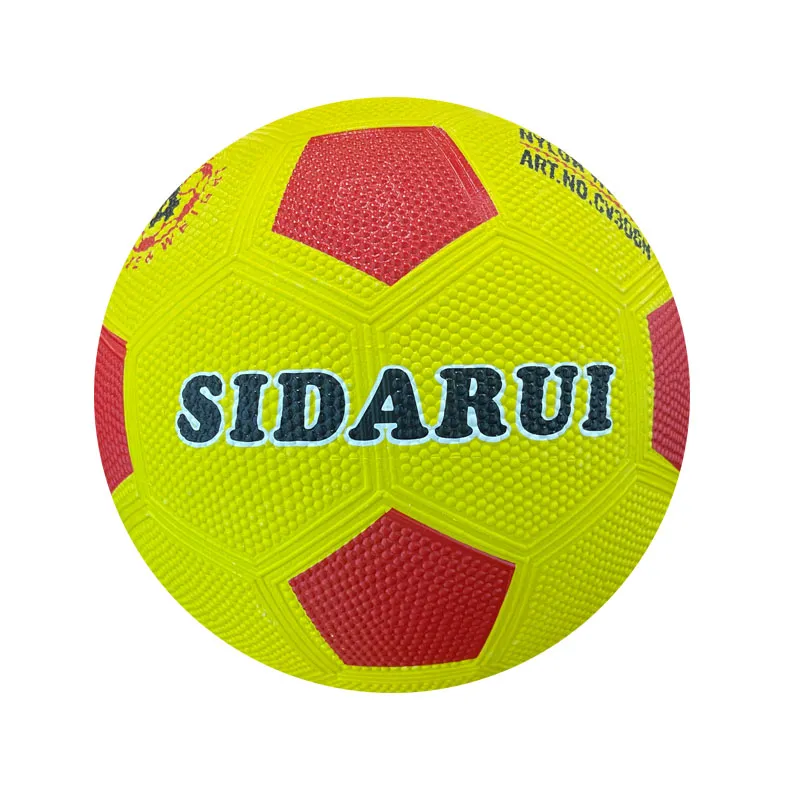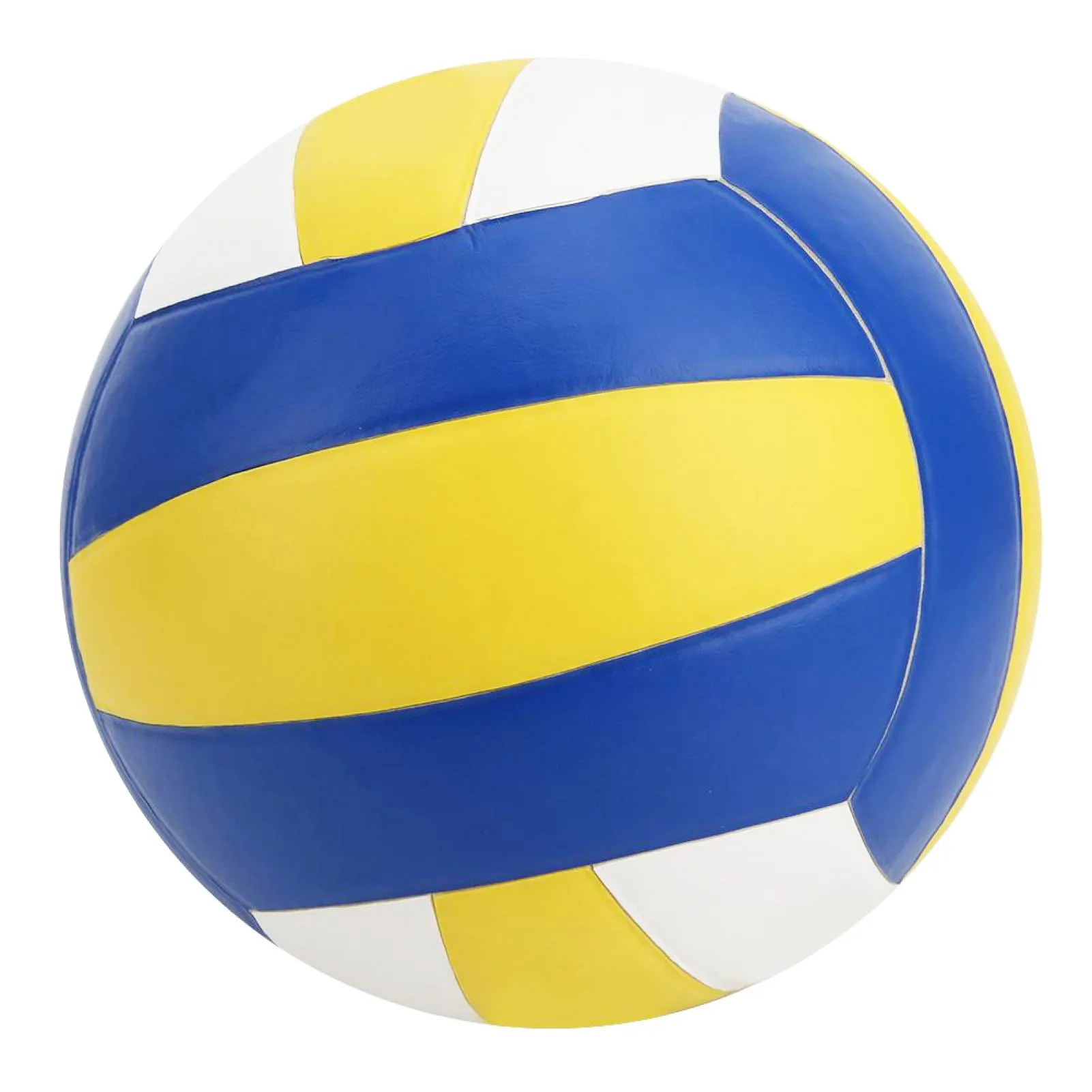When it comes to purchasing a volleyball, understanding the true cost involves delving into various aspects beyond mere price tags. As someone with extensive experience in sports and a keen eye for quality, let me guide you through the essentials of choosing a volleyball that not only meets your budget but also enhances your playing experience.

Volleyballs come in a range of materials and designs, each influencing performance and durability. The primary categories include leather, composite, and rubber volleyballs. Leather volleyballs, often used in professional indoor settings, offer excellent traction and control. However, they come at a premium price due to their superior quality and the meticulous craftsmanship involved in their production. Expect these to range from $50 to over $100.
Composite volleyballs strike a balance between cost and quality. Manufactured using synthetic material, they mimic the feel of leather while remaining more affordable, typically within a $30 to $70 range. These are favored in both competitive and recreational environments for their durability and versatility across different playing surfaces. Then there are rubber volleyballs, best suited for beginners and casual play. Priced modestly from $10 to $30, they offer decent performance with unmatched resilience on harder surfaces like pavement.

Building on professional expertise, it's crucial to consider the context of use when deciding on a ball. For indoor volleyball, where precision, grip, and flight dynamics are pivotal, investing in high-end leather or composite balls is advisable. In contrast, for outdoor beach volleyball, opt for waterproof and weather-resistant qualities, typically found in mid-range composite balls.
Authoritativeness in selection stems from recognizing reputable brands. Brands like Mikasa, Molten, and Wilson have established their legacy through consistent delivery of top-tier volleyballs. Mikasa, the official Olympic volleyball supplier, epitomizes excellence with options like the Mikasa V200W, designed to reduce flight drift and offer superior control. Similarly, the Molten FLISTATEC series is celebrated in international competitions for its innovative flight stability technology.
cost of volleyball ball
Trustworthiness involves examining reviews and recommendations from verified customers and professional athletes. Insights from such feedback can illuminate hidden advantages or drawbacks not immediately apparent. Moreover, consulting with coaches or local sports leagues provides real-world experience, further validating your choice.
Cost is not only about the initial purchase price. Maintenance and longevity play significant roles. A higher initial investment in a quality volleyball can yield long-term savings, given its durability and performance satisfaction. Regular cleaning and proper storage can extend a volleyball's life, ensuring that you get the best value for your money.
While navigating the volleyball market, also consider potential discounts during sales events and clearances, which can significantly reduce cost without compromising on quality. Some online platforms offer bundles or loyalty discounts that make premium options more accessible.
In summary, the cost of a volleyball involves a spectrum of considerations from material, brand integrity, and context of use to long-term durability. Leveraging personal and shared experiences, investing in quality ranks paramount for a rewarding playing experience. By adopting this holistic approach, the volleyball you choose will not only be a tool of sport but a testament to wise investment and informed choice, fostering trust and authority in your decision-making process.













